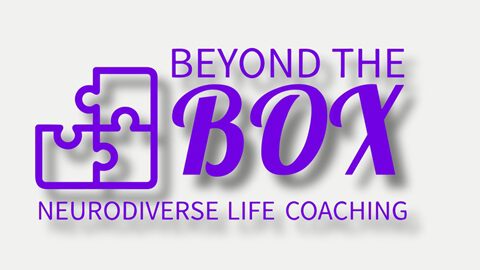Recovering from autistic burnout requires addressing the core issues that led to burnout in the first place. Whether it was triggered by a specific event or a build-up of life’s daily stressors, recovery is a process that requires intention and effort.
What Can You Do If You’re Experiencing Burnout?
The first step in recovery is acknowledging the need for a major reset. Think of it as a system reset for your body, similar to when a computer shows a “blue screen of death” from overuse. Your body is signaling that it’s time to pause and disconnect from the overwhelming demands of life.
Here’s how to begin:
Core Elements of Recovery
-
Physical Well-Being: Your body serves as the foundation for any recovery. Without a solid foundation, it will be much harder to recover.
-
Sleep: Prioritize regular and restful sleep. Sleep is crucial for emotional regulation and decision-making. Establish a consistent bedtime and create a calming routine to help reset your sleep patterns.
-
Exercise: Physical activity helps release stress and improves emotional well-being. Start with gentle exercises at home, and gradually incorporate outdoor activities. If external noise is a trigger, try using noise-canceling headphones.
-
-
Diet: It’s often overlooked, but a healthy diet plays an essential role in supporting recovery.
-
Proper nutrition fuels your body, helping you sleep better, feel more energized, and maintain emotional balance. Avoiding high-sugar and highly processed foods can reduce fatigue and stress.
-
-
Rest and Breaks: Take regular breaks throughout the day. Giving yourself permission to rest is crucial for avoiding burnout and promoting recovery. It’s important to listen to your body and recognize when you need a reset.
Mini Resets: Small But Powerful Strategies
Mini resets are small, daily practices that can make a big difference over time. These little changes and adjustments can have a positive impact on your emotional well-being and energy levels.
Here are some examples of mini resets:
-
Watching silly animal videos or indulging in favorite shows
-
Engaging in creative activities like coloring, knitting, painting, or drawing
-
Breathing exercises or meditation for relaxation
-
Journaling to process emotions and reduce stress
-
Meeting a friend face-to-face for a set period of time
-
Spending time in nature, whether it’s a walk in the park or time spent gardening
-
Socializing online with friends or peers for support
Mini resets are unique to each individual. They are little activities that help you manage your emotional life, and finding what works for you may take some trial and error. But don’t be discouraged! The key is consistency—try out different strategies and stick with what makes you feel better.
Preventing Future Burnouts: Building Sustainable Practices
Once you’ve started your recovery journey, it’s time to focus on long-term sustainability. Here’s how you can manage your energy levels and prevent future burnouts:
-
Be Honest with Yourself: Reflect on what triggered the burnout. Was it a specific event, or did life’s general demands cause it? Be clear about what you can and cannot handle.
-
Set Realistic Expectations: It’s important to adjust expectations in life, work, and relationships. Make sure that your goals are achievable, and communicate with others about what you need.
-
Create a Supportive Environment: Surround yourself with people who understand your needs. Whether it’s a coach, a supportive friend, or a family member, having a reliable support system is crucial for long-term well-being.
-
Balance Your Life: Gradually return to activities that bring you joy, but do so at your own pace. Consider which activities are worth keeping and which may need to be adjusted or removed entirely.
Remember, recovery is not a race. It’s a personal journey that requires patience and self-compassion. Your emotional well-being is worth the effort.
Conclusion
Managing and recovering from autistic burnout is possible. By focusing on physical well-being, implementing mini resets, and setting sustainable practices, you can avoid future burnouts and maintain your emotional resilience.
Stay tuned for Part 3 of this series, where we’ll dive deeper into building long-term strategies for sustainability and thriving in your neurodivergent life.
